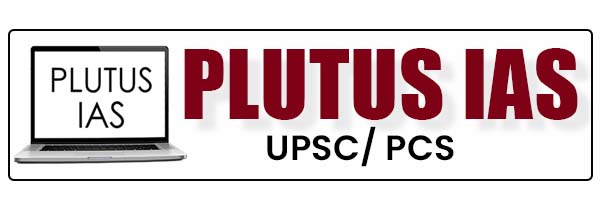22 Feb The blank pages in India’s online learning experience (GS-3 The hindu editorial)
COVID-19 pandemic impact can be seen in the social, economic and political spheres.
Education has been impacted much.
-
- Around 300 million children across all age groups has been reported to be out of school in India. Effect is much worse, especially on the education of the girl child.
- Challenges faced by education sector
- Delivery of education especially of pedagogical processes, classroom assessment frameworks, students’ support and teacher-student engagement.
- poor access to digital data
- The children were over burdened with household/farm work
- girl students in particular were apprehensive of being given away in marriage.
- students, parents and teachers were unprepared for the pedagogic shift.
- What Government must do: Realistic assessment is key
- Assessment of those students who have returned to schools after ‘digital learning’ at home.
- What is the challenge during COVID-19?
- School closures have had a significant impact on the vulnerable and underprivileged sections.
-
- postponement of examinations and the curtailment of the prescribed syllabi.
Government’s response
- sharing free e-learning platforms
- Diksha portal:an app by the National Council of Educational Research
- e-learning content aligned to the curriculum, and e-Pathshala, and Training for Classes 1 to 12 in multiple languages.
- SWAYAM portal: aimed at school (Classes 1 to 12) and higher education
- 1,900 complete courses including teaching videos, computer weekly assignments, examinations and credit transfers,.
- SWAYAM Prabha:telecasting of educational programmes
- 32 devoted directly to home channels to the.
- such initiatives have failed to take into account existing divides
- spatial, digital, gender and class
The impact is multi-fold
- Due to closure of schools
- boys became inattentive to studies
- Girls were more involved in household chores with lesser opportunities.
- children have also forgotten what they learnt earlier.
- disruption of a range of activities such as the mid-day meal scheme, the school health programme and pre-metric scholarships to girl children.
Example of Rajasthan
- According to NSS,2017-18-> 20% of girls in the age group 15-16 were out of school against the national average of 13.5
- Lok Jumbish and Shiksha Karmi projects
- A study by the Institute of Development Studies in Jaipur
- most girls in Rajasthan (between 13-16 years) were keen to return to school
- the online education plan and platform of the State government did not work.
- The reasons for pitfall
- The inability of students to access online education were
- lack of devices
- poor or no Internet connectivity
- girls’ preoccupation with household
- The inability of students to access online education were
NGO activities as a contrast
- schools run by the NGO sector did well
- Taking care of the poor and backward segments
- Here teachers have visited individual students at home.
- children were taught in small groups.
What the Government must do.
- Education planning must be context and content specific, gender responsive and inclusion of all.
- access to online education,
- removal of barriers in pre-matric scholarships
- Ensure that mid-day meals, iron and folic acid tablets must be distributed.
- provision of personal hygiene products to girl students
- re-enrolment of children as specified in the National Education Policy 2020.
- Mass outreach programmes with civil society to encourage re-enrolment.
- Remedial tuitions and counselling are advisable
- making secondary education for girls free
- governments has to keep the budgetary share of education to 6% of GDP
[download id=”39677″]
Plutus IAS Current Affair Team Member



No Comments